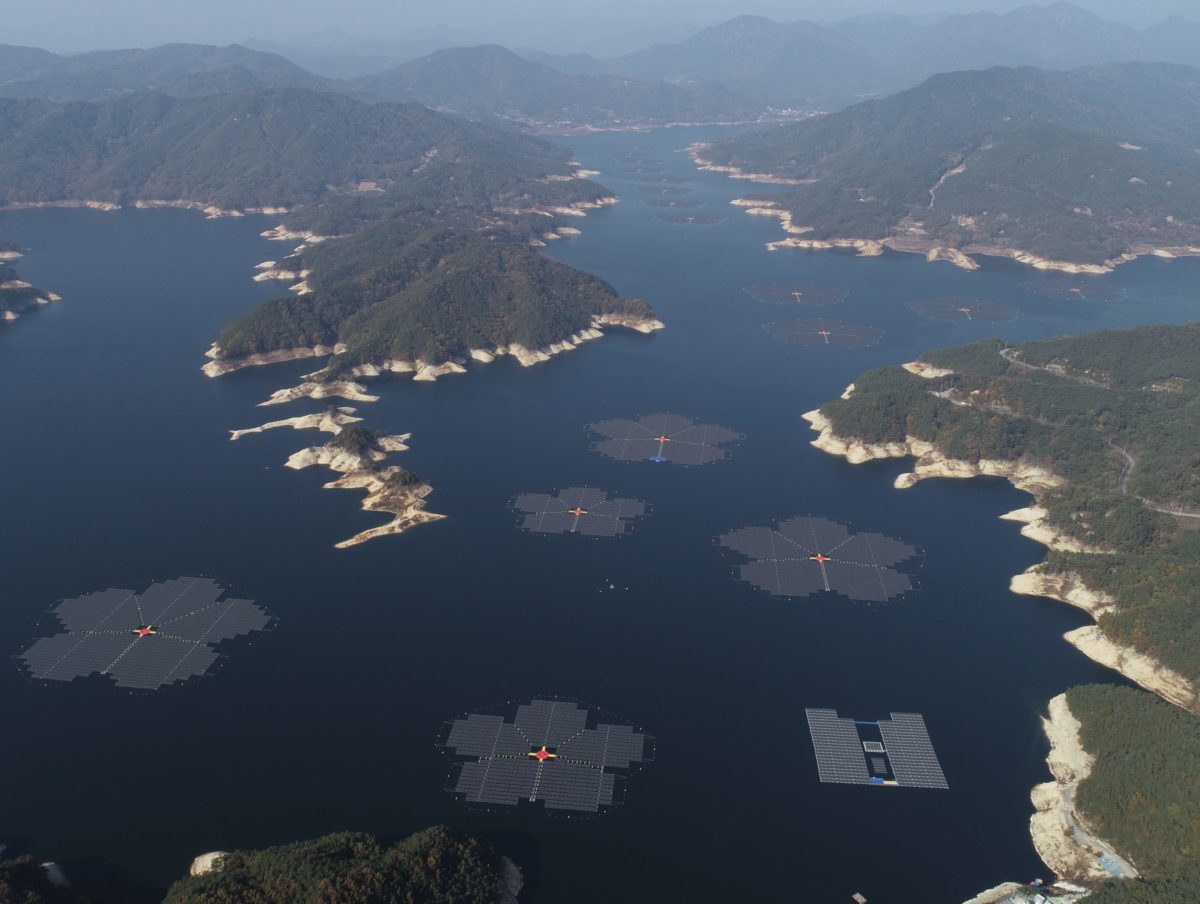Norwegian classification society DNV is aiming to develop the world’s first recommended practice on the design, development, and operation of floating solar photovoltaic (FPV) systems.
The independent energy expert and assurance provider estimates that the potential global capacity for deploying FPV power is currently around 4 TW and expects installed capacity to reach 10 GW worldwide by 2025.
The group points out, however, that standards applicable to FPV are still largely lacking, which could result in project delays and obstacles in permitting and authorization of utility-scale projects.
“FPV players are at best relying on inconsistent and diverse procedures and adjacent codes adopted from other sectors, which may hinder the industry’s capacity to rapidly scale up,” DNV notes.
In an effort to provide comprehensive guidance to FPV operators, DNV has taken the lead on two new joint industry projects (JIPs) to achieve FPV-specific reference standards. DNV previously spearheaded a JIP involving 24 of the sector’s leaders to develop the world’s first recommended practice (RP) on the design, development, and operation of FPV systems — DNV-RP-0584 — which was introduced in 2021 as the first step towards FPV standards and certification. FPV-specific reference standards will further enable companies to manage risks and facilitate the shift to renewables, according to DNV.
The first new JIP is to share and improve the best practices for the design of FPV-specific anchoring and mooring structures. Based on a selection of floating solar concepts, the project will address a variety of anticipated challenges when deploying installations in larger islands with shallow drafts. The second JIP would draw from DNV’s expertise and network to create “an adequate unified FPV-specific floats design, testing and qualification standard that will introduce clearer, faster and cheaper performance-based procedures that are layout-neutral and failure-mode-specific.”
Many water bodies remain largely available for power generation – making the business case for FPV extremely attractive. After a slow start, the FPV market grew to 2 GW of globally installed capacity in 2020. DNV foresees a total of 7 to 11 GW to be installed by 2025 with a major increase from 2023 onwards.
“The use of industry standards will ultimately lead to higher quality, lower failure rates and more adequate access to data-driven digital solutions and assurance services like verification and certification,” said Juan Carlos Arévalo, executive vice president at GPM&S, a DNV company. “This can only be achieved through joint efforts and continuous knowledge sharing. This will not lead to the convergence of floating solar photovoltaic technology into a dominant concept, but rather establish a common approach to analysis and simulation that allows players to consistently improve on one another’s best practices and lay out industry-wide testing and quality assurance procedures.”
Dana Olson, global segment lead for solar power, Energy Systems at DNV, added, “FPV structures present unique challenges to the solar industry due to specific hydrodynamic loads, risks of corrosion and specific components, such as floats, anchors and mooring lines.
“Several large customers in the solar community have requested that we develop new, tailored standards to guide them in the development of resilient FPV projects,” Olson added. “In particular, our input on the determination of design environmental loading will provide crucial guidance to the whole field, and we’re eager to engage directly with customers across the industry at this crucial step of FPV project development.”
This content is protected by copyright and may not be reused. If you want to cooperate with us and would like to reuse some of our content, please contact: editors@pv-magazine.com.



4 comments
By submitting this form you agree to pv magazine using your data for the purposes of publishing your comment.
Your personal data will only be disclosed or otherwise transmitted to third parties for the purposes of spam filtering or if this is necessary for technical maintenance of the website. Any other transfer to third parties will not take place unless this is justified on the basis of applicable data protection regulations or if pv magazine is legally obliged to do so.
You may revoke this consent at any time with effect for the future, in which case your personal data will be deleted immediately. Otherwise, your data will be deleted if pv magazine has processed your request or the purpose of data storage is fulfilled.
Further information on data privacy can be found in our Data Protection Policy.